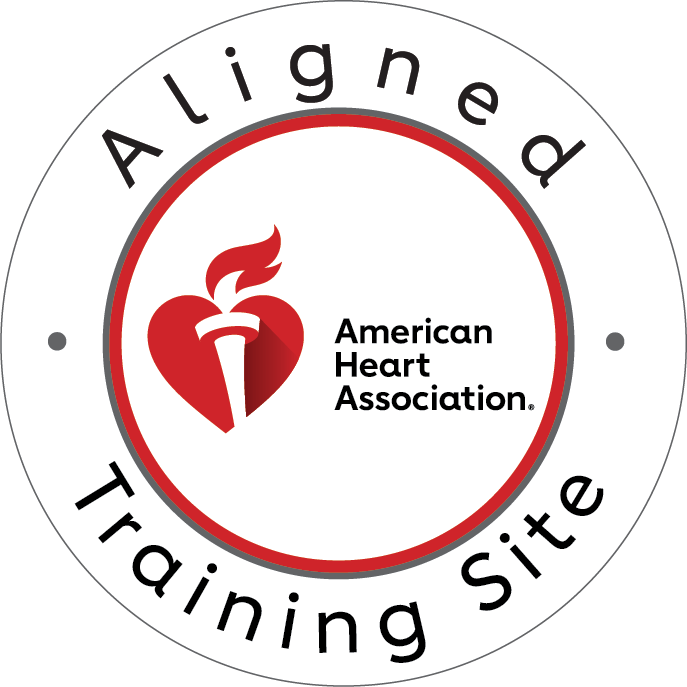The AHA's BLS, ACLS, and PALS Provider Certification Course stresses closed loop communication and effective team dynamics. Working together as a team is essential to any healthcare organization.

We all know that teamwork is important in any and all environments—whether it is at home, at school/college or in a business organization. Teamwork is the key to success!
The American Heart Association as the nation's leading voluntary health organization devoted to reducing death and disability from heart disease and stroke has developed the most respected guidelines for providing effective cardiopulmonary resuscitation (CPR), whether it is basic life support (BLS) or advanced cardiac life support (ACLS). One of the course's guidelines is effective team dynamics. In fact, the AHA, emphasizes effective communication and team dynamics, which are vital elements of any successful resuscitation attempt.
In this article we will discuss the traits that distinguish successful teams from unsuccessful ones during CPR, and how these principles can be applied to work, organizations and other places of business. As we go through these traits one by one, think about places you have seen these traits in action (in the workplace or school, perhaps) and how you can apply these principles there.
Closed-loop communication
In closed-loop communication, the person receiving instruction or information repeats it back to make sure the message is properly understood; the sender confirms to “close the loop.” This approach does not require much time, and in fact, it's likely to save time. But ultimately, it's an important tool that protects our patients from potentially serious consequences caused by errors in communication.
Clear Messages
The way to make sure your message gets across is to use clear, distinct language. The team leader should say things like, “John, I need you to administer 1mg of Epinephrine by IV push now.” She should not just say, “Give Epinephrine 1mg” without explaining to John how it should be administered.
Clear Roles and Responsibilities
When a rescue attempt is underway, The American Heart Association teaches that the team leader should define each task, and assign such tasks to each team member based on their level of competence and confidence.
At the hospital where I work, the charge nurse assigns roles for the code team at the beginning of each shift; someone to do CPR, someone to run and grab equipment from the crash cart. They know who to assign those roles based on their skills. A runner should be someone who works on that floor and knows where to find supplies quickly because they have access to all the rooms where those supplies are stored.
When a patient is experiencing an emergent situation, it's appropriate for the team leader to ask an RN to administer an IV medication as needed, and to assign the CNA to do chest compressions. This example demonstrates that a CNA (certified nursing assistant) can perform chest compressions and give breaths, but they aren't equipped to give IV medications or interpret heart rhythms.
Know your limitations and ask for assistance when you need it.
For example, if you find yourself in an emergency situation where you are asked to start an IV and you make several unsuccessful attempts, it is important and vital to the patient’s recovery that you ask for help instead of continuing to struggle out of embarrassment or stubbornness.
The American Heart Association recommends that team members in CPR seek advice or assistance from a team leader early in an emergency. This will apply in any team environment. It is vital to know one's limitations and then ask for help when needed.
Knowledge Sharing
The AHA teaches that team leaders should ask for suggestions on possible diagnoses, as well as seek observations from team members. As part of the ACLS process, teams should try to come up with a differential diagnosis. Differentiating between two or more conditions that share similar signs or symptoms can be tricky, but getting contributions from everyone on the team will help you get to the real problem.
Remember, in diagnosing a condition, you need to differentiate between two or more conditions that share similar signs or symptoms. Getting contributions from everyone in the team gives you the best chance of coming up with what the real problem is, so you can treat the underlying cause and help your patient.
Constructive Critique and Intervention
When providing medical care, it is essential to act quickly and follow protocol to reduce the risk of errors. If you see someone about to make an error or if you notice that the team leader gave an incorrect order or gave an order at the wrong time, then it is important that you speak up. However, when delivering this message, it is equally important to do so in a professional manner.
The American Heart Association recommends that, when you have a chance to point out a mistake before it is made, you should be tactful and professional in all interactions.
Conclusion
Doing all the things mentioned in the above article will make a team function more smoothly. Remember that such dynamics will take time to develop but are definitely worth the effort. Become a good communicator and share your expertise with others. If you make others aware of your knowledge and experience, they will be willing to work better with you. With practice, patience and determination, every team of people can build strong dynamics and successfully save lives.

American Heart Association Certified Training Provider
2735 Terwood Rd. Unit H, Willow Grove, PA



